
Don’t Thaw Fish by Putting It in Water
Do this 5-minute method instead to keep it fresh and retain nutrients
Submerging fish in water—especially warm water—can waterlog the flesh, wash away flavor, and create uneven temperatures that risk texture and quality. A better way is to thaw fast by conduction, not soaking. The “aluminum sandwich” method below thaws most thin fillets in about 5 minutes, preserves structure, and minimizes nutrient loss from drip.
Why not soak in water?
-
Waterlogging: Direct contact lets moisture seep between muscle fibers, making fish mushy and bland.
-
Nutrient loss: Vitamins and natural juices can leach into the water.
-
Uneven temps: Warm or hot water softens the surface while the center stays icy, increasing the chance of overcooking later.
-
Odor transfer: A sink soak can pick up off-smells if the area isn’t perfectly clean.
The 5-Minute “Aluminum Sandwich” Thaw (No soaking)
What you need
-
2 flat, heavy aluminum sheets or pans (baking sheets, griddles, or upside-down stockpots with flat bottoms). Aluminum conducts heat quickly.
-
Warm tap water for the inside of the top pan (the fish never touches this water).
-
Paper towels and a plate or rack.
-
The fish should be sealed (vacuum pack or zip bag) and portion-sized.
Step-by-step
-
Prep the pans
-
Place one room-temperature aluminum pan upside down on the counter.
-
Fill the second pan with warm tap water (not hot—about hand-warm), swirl for 10–15 seconds to warm the metal, then pour the water out and quickly dry the pan. You’re warming the metal, not the fish.
-
-
Set the “sandwich”
-
Put the sealed fish on the bottom pan (flat).
-
Place the warmed pan on top, directly contacting the package to create a metal-fish-metal “sandwich.”
-
-
Wait ~2 minutes, flip, wait ~2 minutes
-
After ~2 minutes, flip the whole sandwich so the other side gets direct contact with the warmer pan.
-
After another ~2 minutes, check pliability. Most thin fillets (≤1.5 cm / ½–⅝ in) are ready in about 5 minutes total.
-
-
Finish & dry
-
When the fillet is just flexible with no hard ice core, open the bag, pat dry thoroughly, and cook immediately. If not cooking right away, transfer to the refrigerator and use within 24 hours.
-
Timing guide (approx.)
-
Thin fillets (tilapia, flounder, sole, thin salmon portions): 4–6 minutes
-
Medium fillets (2–2.5 cm / ¾–1 in): 6–10 minutes
-
Thick steaks or center-cut salmon: 10–15 minutes (refresh warmth in the top pan once if needed: warm water in-pan, dump, dry, back on)
Why it works
Aluminum’s high thermal conductivity spreads ambient heat evenly across the fish surface, thawing quickly without soaking. Because the fish stays sealed, there’s no water contact, which helps preserve texture and natural juices.
Quality checks (so you know it’s perfectly thawed)
-
Flex test: The fillet bends gently without cracking; the center isn’t rock-hard.
-
Touch: Surface is cool and firm, not wet and mushy.
-
Dryness: Patting dry removes meltwater that would otherwise steam the fish in the pan and dull browning.
Safety notes you shouldn’t skip
-
Keep total counter time short (just the few minutes needed). The goal is a rapid thaw, not a warm rest.
-
If your fish came vacuum-sealed and smells “tight” upon opening, give it 5–10 minutes in the fridge unwrapped to dissipate harmless trace odors before cooking.
-
Do not refreeze raw fish once thawed. If plans change, cook it first; cooked fish can be cooled and frozen again for later meals.
-
Sanitize the counter after handling sealed packages, then wash hands.
If you don’t have two aluminum pans
-
One pan + heavy aluminum lid or skillet: Same idea—flat metal contact on both sides. Quickly warm the top piece under warm tap water, dry, then sandwich.
-
Metal tray + bag of warm water (indirect): Lay sealed fish on a room-temp aluminum tray. Fill a zip bag with warm tap water, seal tightly, and lay it on top of the fish as the “heater.” The fish still never touches water.
After thawing: the 2-minute prep that locks in freshness
-
Surface dry: Moisture is the enemy of browning. Pat the fillet dry on all sides.
-
Season simply: Salt, pepper, and a neutral oil light coating.
-
Hot pan, brief cook: Most thawed fillets need only 2–3 minutes per side depending on thickness. Pull at medium-rare to medium for best texture; carryover heat finishes the center.
-
Add acid last: A squeeze of lemon or splash of white wine at the end keeps flavors bright without “cooking” the surface prematurely.
Common mistakes (and quick fixes)
-
Using hot water directly on fish: Leads to mushy edges and uneven thawing. Fix: Aluminum sandwich; if the center is still icy, repeat the warm-pan step—not water.
-
Microwave thaw on full power: Easily cooks the edges while the middle stays frozen. Fix: If you must use a microwave, use defrost at low power in very short bursts, rotating and checking often—but the aluminum method is gentler and more reliable.
-
Skipping the dry step: Wet surfaces steam instead of sear. Fix: Always pat dry thoroughly before cooking.
What about the classic cold-water bath?
Cold-water thawing in a sealed bag can be safe and effective, but it still leaves you juggling bowls and water changes, and it can creep beyond “cold” if you’re not attentive. The aluminum method is simpler, avoids any water contact, and is typically faster for thin fillets—often ready in about 5 minutes.
Pro tips for even better results
-
Portion before freezing: Smaller, flat packs thaw faster and more evenly.
-
Freeze flat: Fish stored flat (not in a lump) thaws in minutes with the aluminum method.
-
Cook from “slightly frosty”: For pan-searing, a just-thawed or barely frosty center helps prevent overcooking—finish gently over medium heat.
-
For sashimi-grade fish: Keep everything extra cold. You can do the aluminum sandwich with the top pan only slightly warmed (or even room-temp) for more control.
Bottom line
Skip the sink soak. With two aluminum pans (or any flat, conductive metal pieces) you can thaw sealed fish in about five minutes—no water contact, no soggy edges, and minimal drip loss. It’s fast, clean, and preserves the delicate texture, flavor, and nutrients that make good fish taste great.
News in the same category


On Humid Days, Walls Are Prone to Mold and Peeling—Do This Right Away to Improve the Situation

Every Home Refrigerator Always Has Two Problems—Throw Them Away as Soon as Possible to Prevent Future Bad Smells

Tips to Eliminate Unpleasant Odors in the Refrigerator—After One Night, the Unbearable Smell Will Completely Disappear

Tips for Cleaning an Air Fryer Without Scrubbing, Yet It Still Looks As Good As New
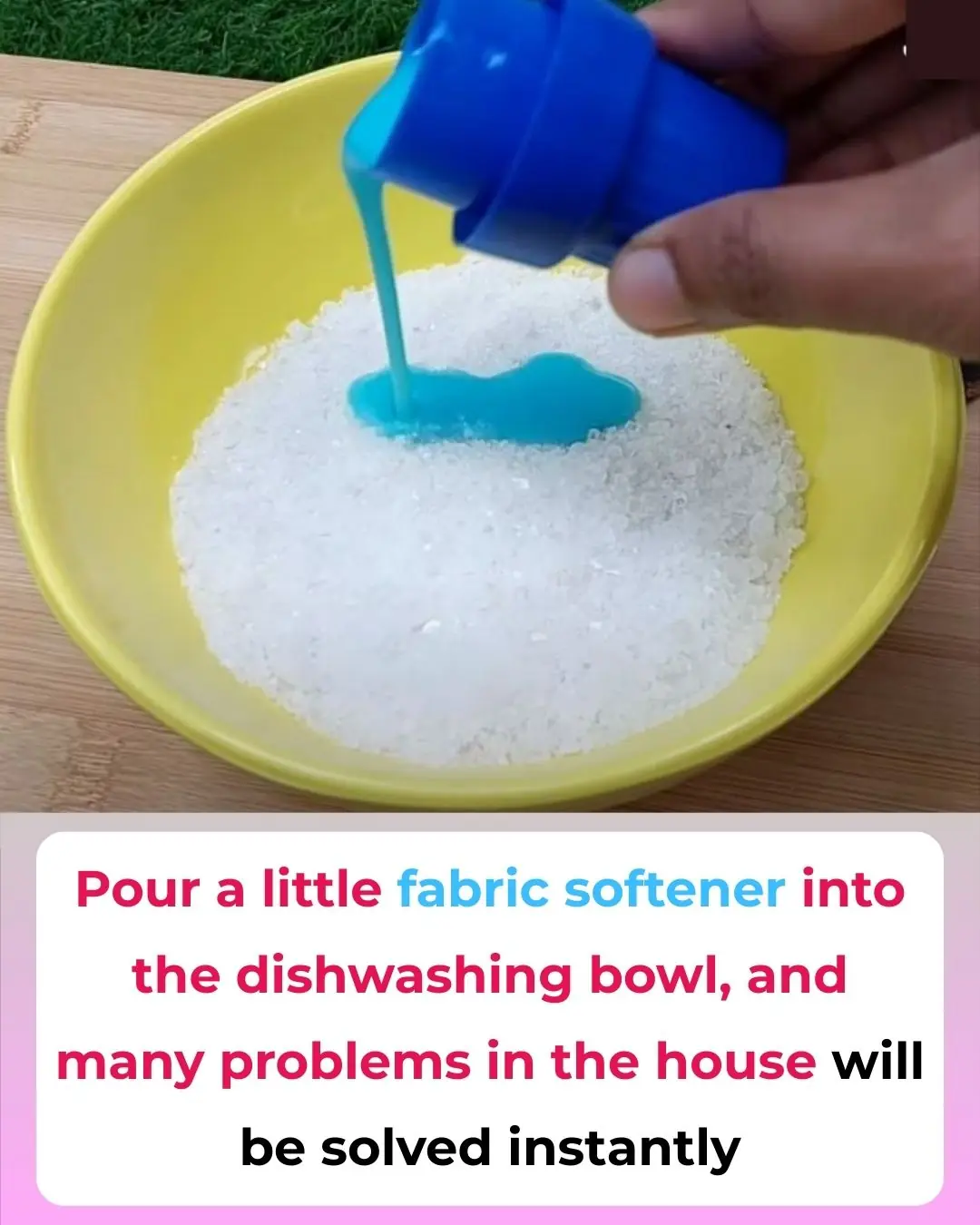
Pour a Little Fabric Softener into the Dishwashing Bowl, and Many Problems in the House Will Be Solved Instantly

Save Millions on Electricity Bills Every Year by Knowing How to Clean the Bottom of the Rice Cooker

4 Types of Plants That Snakes Are Crazy About—If You Want a Peaceful Home, Get Rid of Them Right Away

Wooden Cutting Board Got Black Mold? Skip the Soap—Do This 5-Minute Reset

Don’t Use Plain Water for Flower Arrangements

Don’t Clean Your Bathroom Mirror with Plain Water
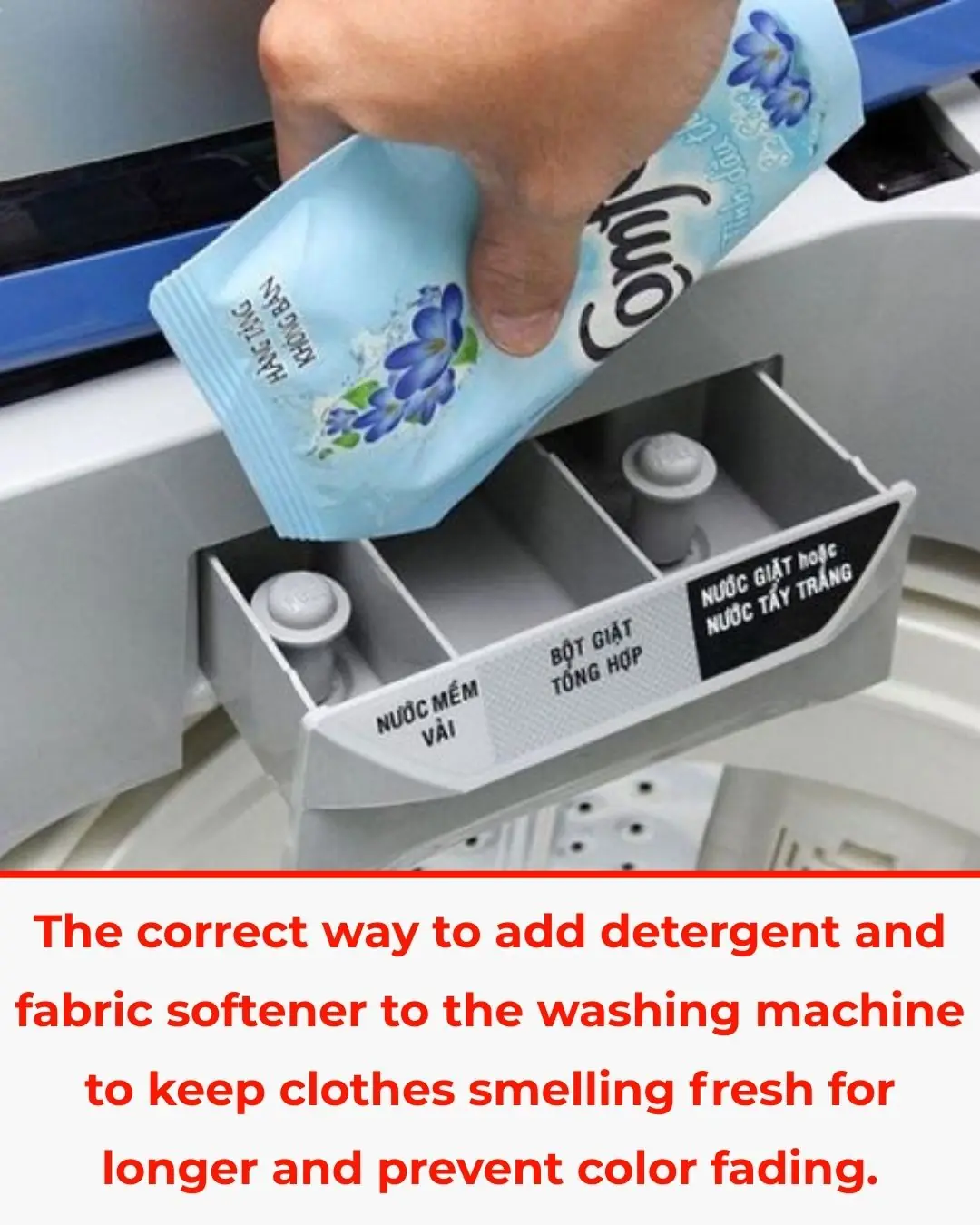
The Correct Way to Add Detergent and Fabric Softener to Your Washing Machine
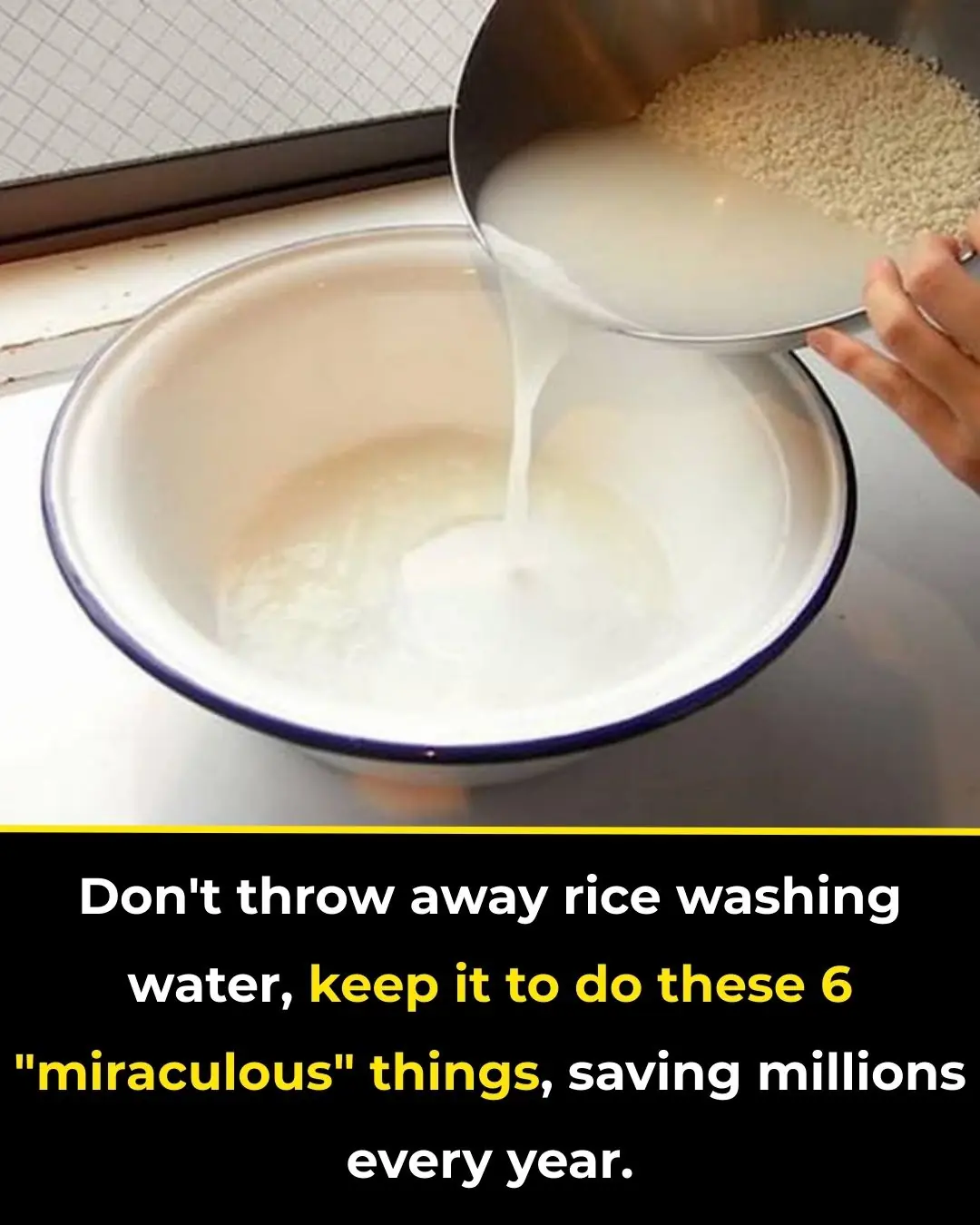
Don’t Throw Away Rice Washing Water: 6 Smart Uses That Can Save Serious Money
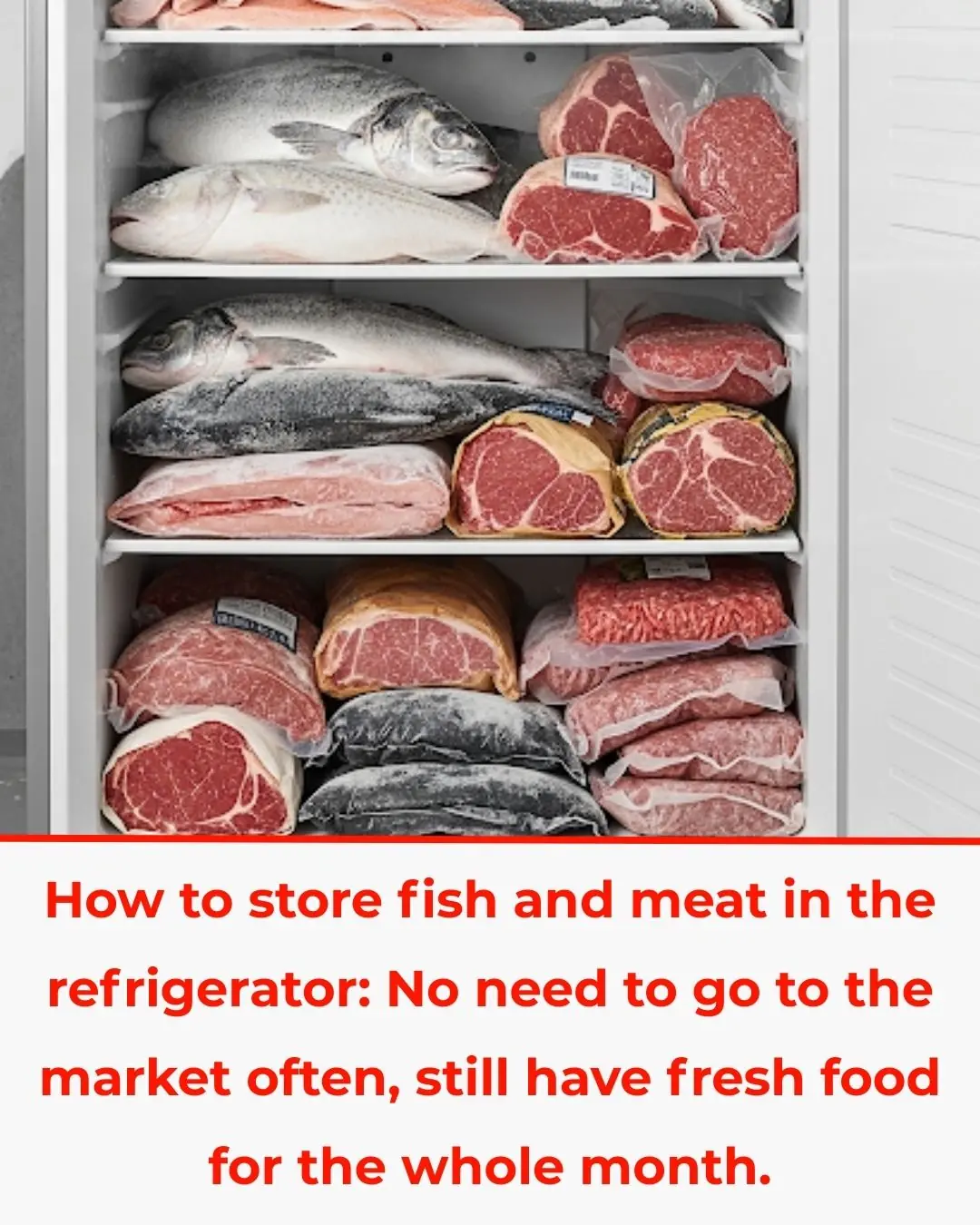
How to Store Fish and Meat in the Refrigerator: Shop Less, Keep Food Fresh All Month

Don’t Clean the Fridge with Plain Water—Mix This In and It’ll Be Spotless and Odor-Free
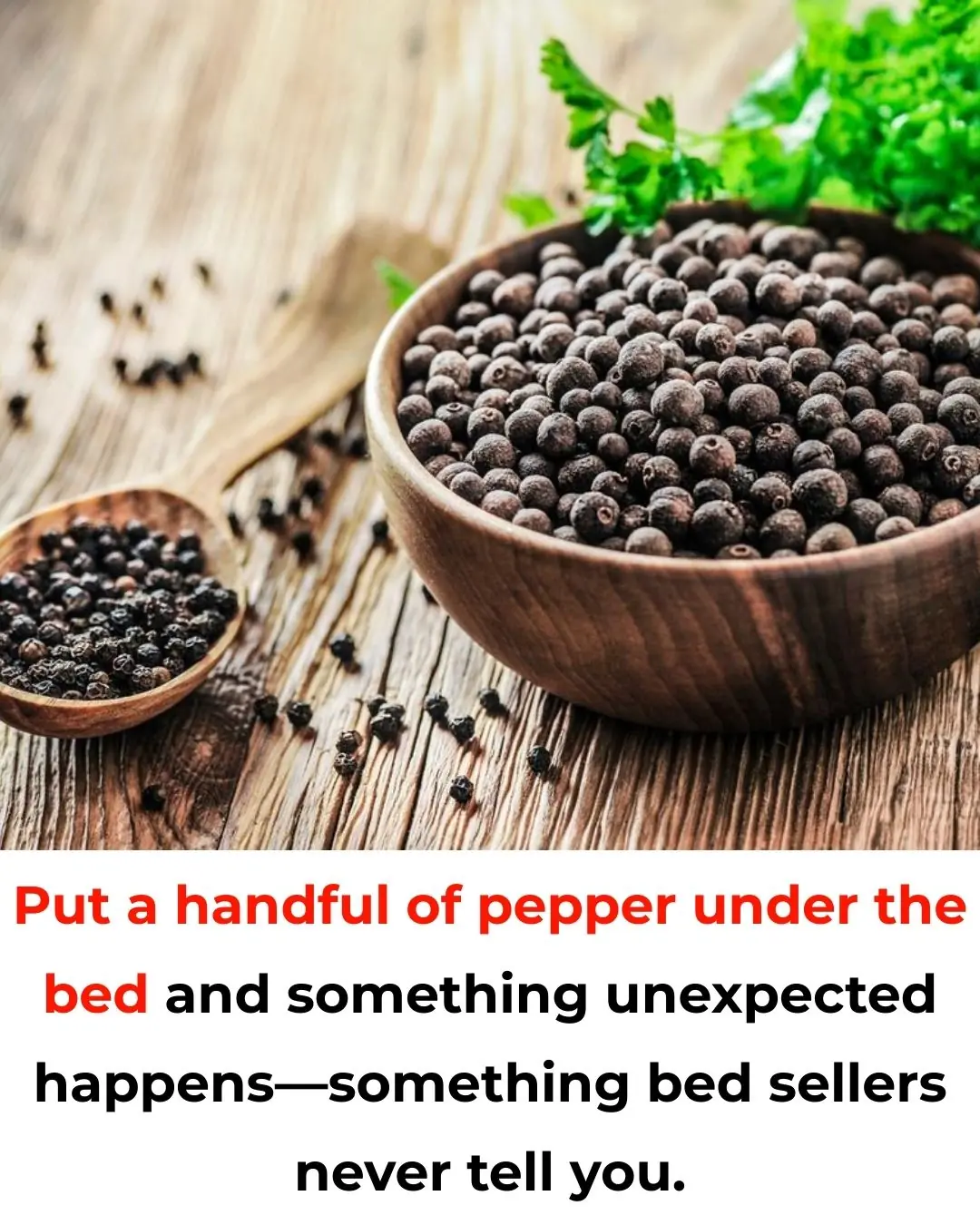
Put a Handful of Pepper Under the Bed and Something Unexpected Happens—Something Bed Sellers Never Tell You

Rice Left in the Rice Cooker Overnight—Can You Still Eat It? The Answer May Surprise You
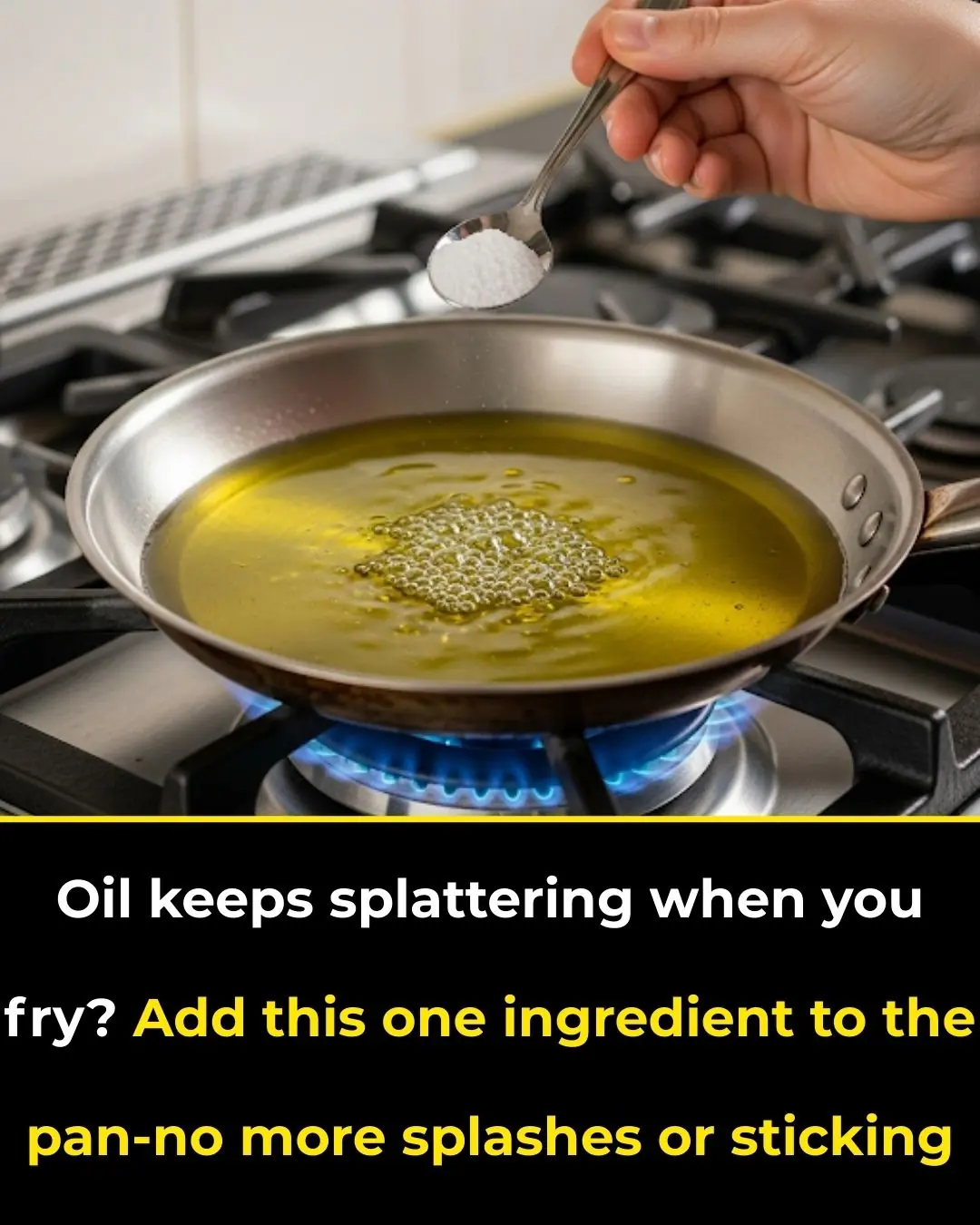
Oil Keeps Splattering When You Fry? Add This One Ingredient to the Pan—No More Splashes or Sticking
News Post

Dogs Can Tell If A Person Is Good Or Bad

Panic on P:0rnh:ub as adult site reports it's losing one million users every single day

Surprising Benefits of Sitting Facing Forward on the Toilet

New Jersey man d:i:es while traveling to meet AI chatbot he fell for
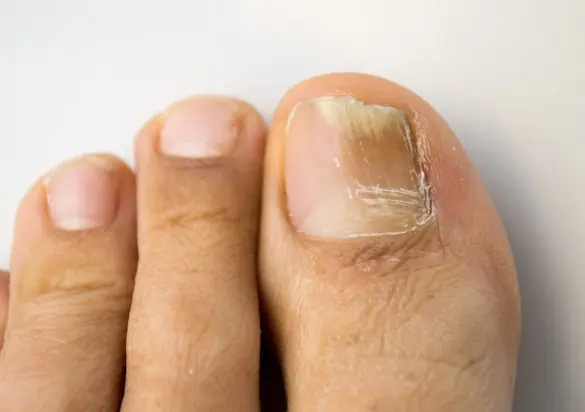
Brittle Nails, Dry Hair? You’re Missing Out on These Vital Vitamins, Says Science!
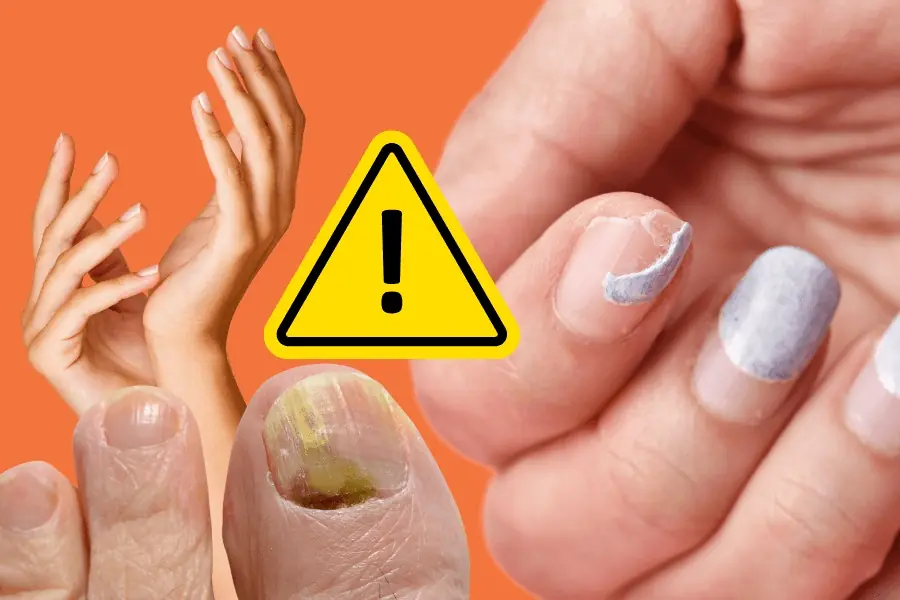
Experts Reveal 11 Hidden Health Warnings You Can Spot Just by Looking at Your Nails

Your Body Holds 7 Octillion Atoms—And Most Are Billions of Years Old

What’s the Purpose of Dual-Flush Toilet Buttons?

Why You Should Stop Waking Up to Urinate

Scientists Say That The Brain Senses Emotions In Others Without You Even Knowing It

Lithium Deficiency May Spur Alzheimer’s — and Guide Treatment

Hep B Transmitted by Shared Glucometers in Care Facility

Put Salted Lemon in the Room—The Surprising Benefits

On Humid Days, Walls Are Prone to Mold and Peeling—Do This Right Away to Improve the Situation

Every Home Refrigerator Always Has Two Problems—Throw Them Away as Soon as Possible to Prevent Future Bad Smells

Tips to Eliminate Unpleasant Odors in the Refrigerator—After One Night, the Unbearable Smell Will Completely Disappear

Tips for Cleaning an Air Fryer Without Scrubbing, Yet It Still Looks As Good As New

Pour a Little Fabric Softener into the Dishwashing Bowl, and Many Problems in the House Will Be Solved Instantly

Save Millions on Electricity Bills Every Year by Knowing How to Clean the Bottom of the Rice Cooker
